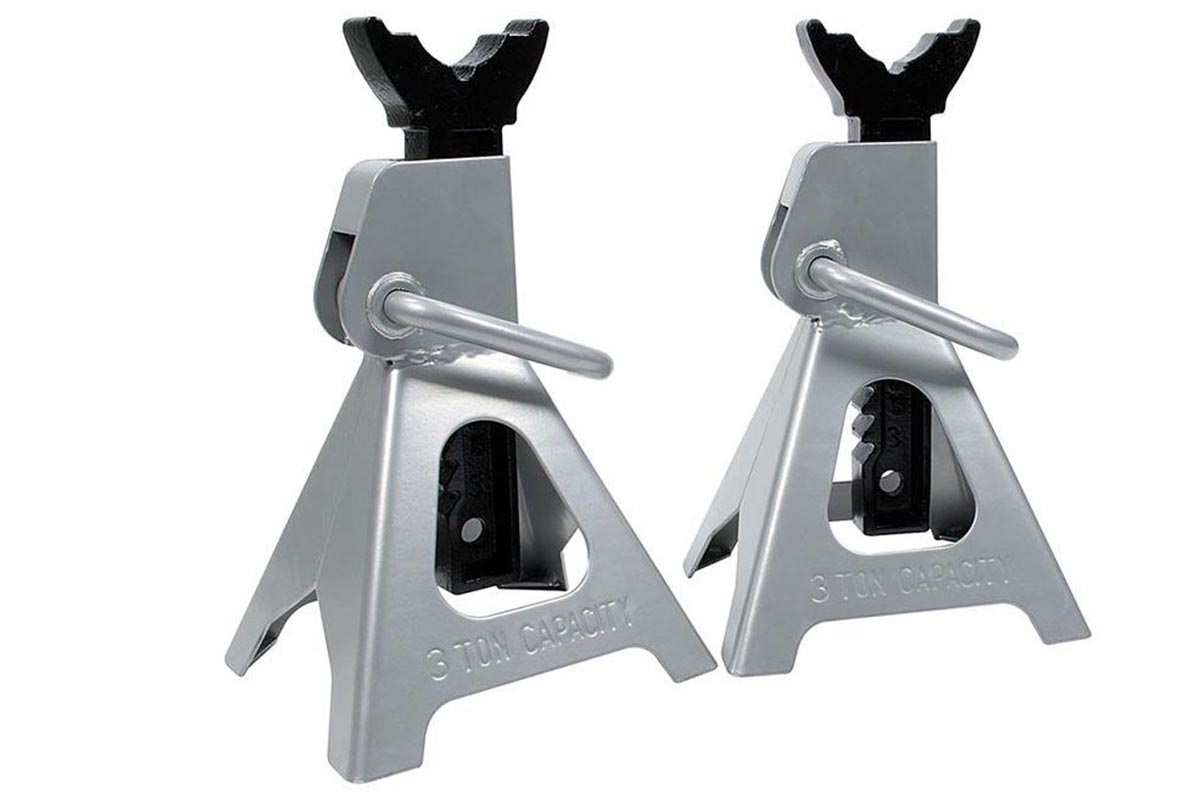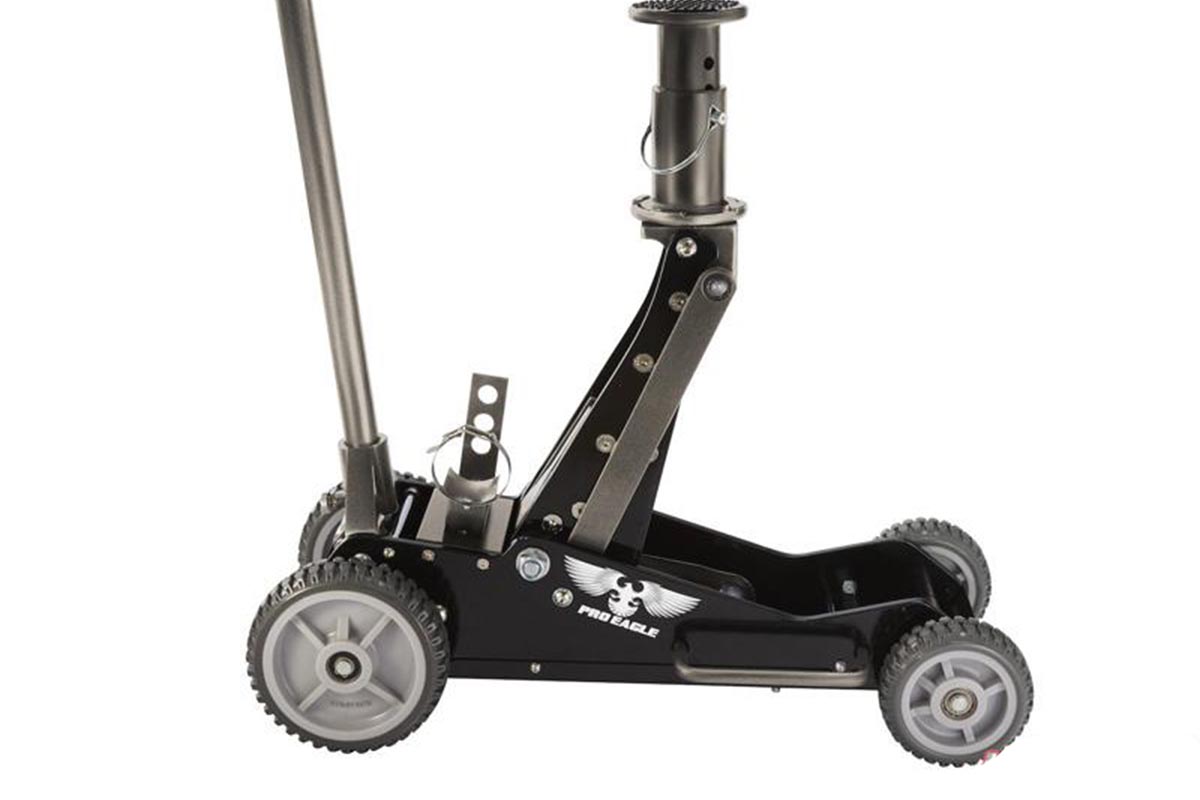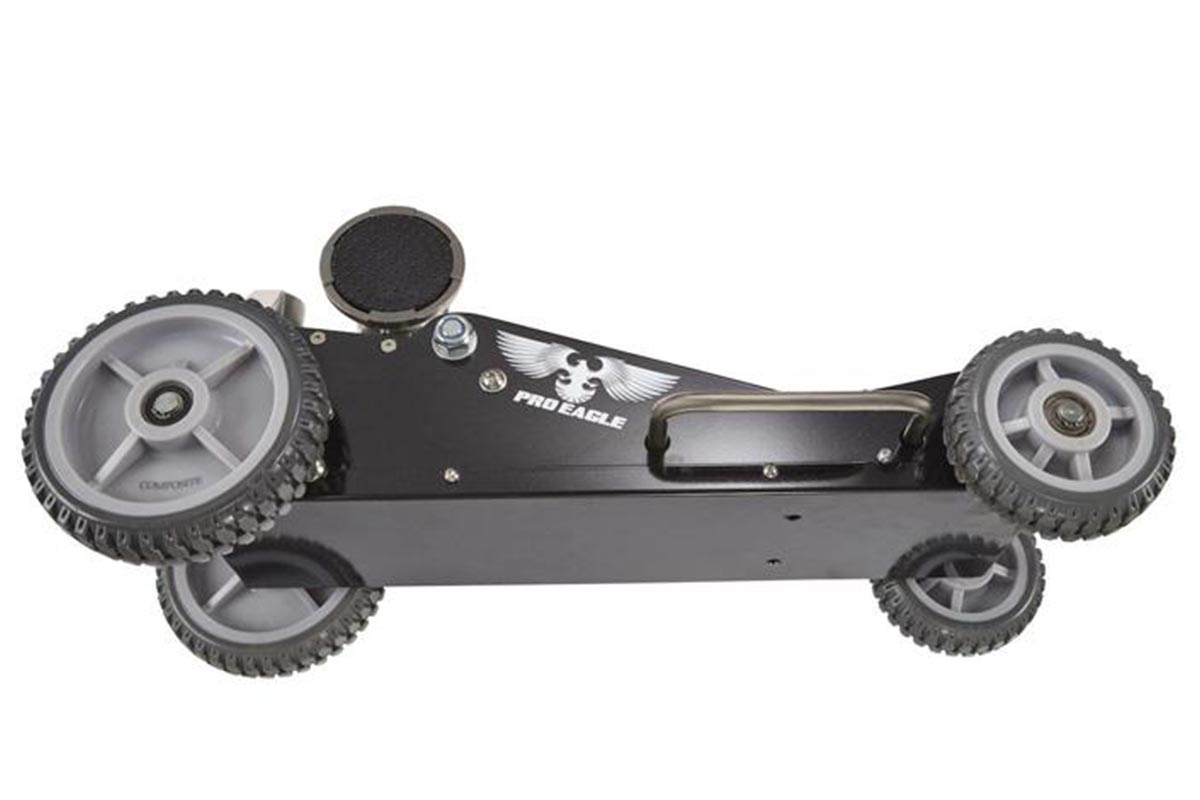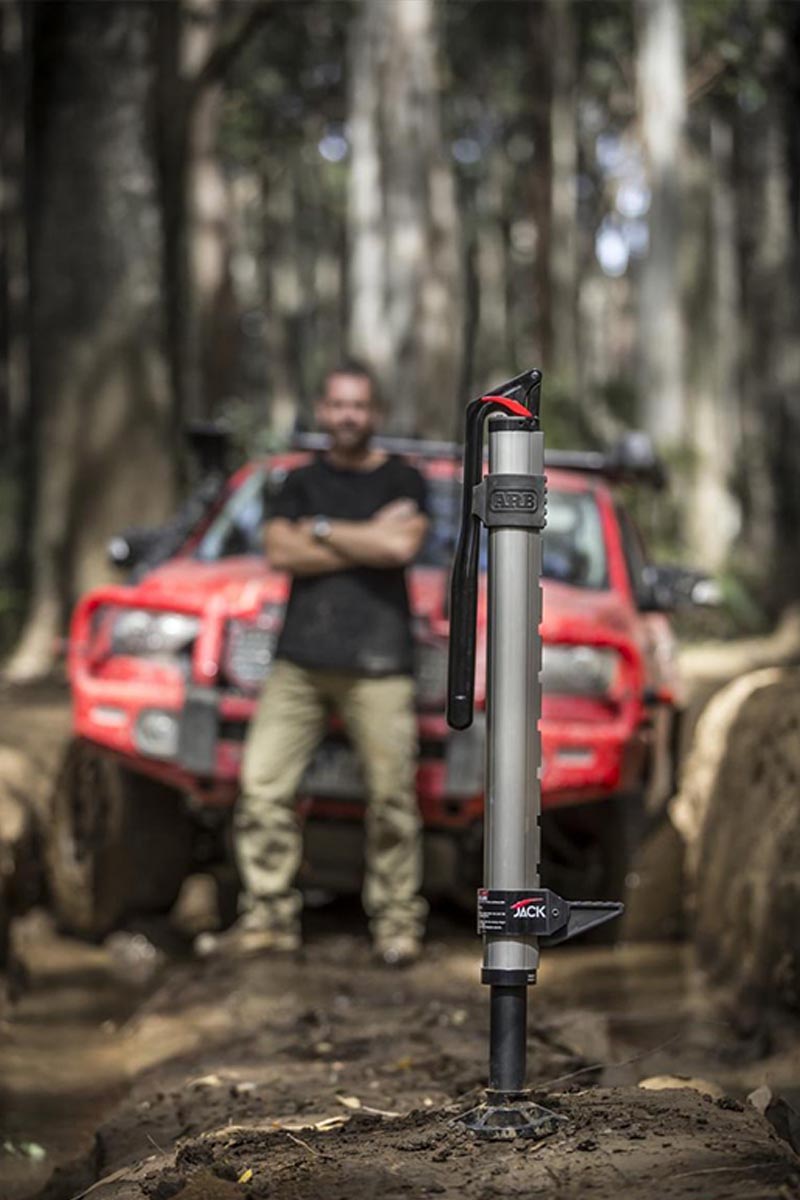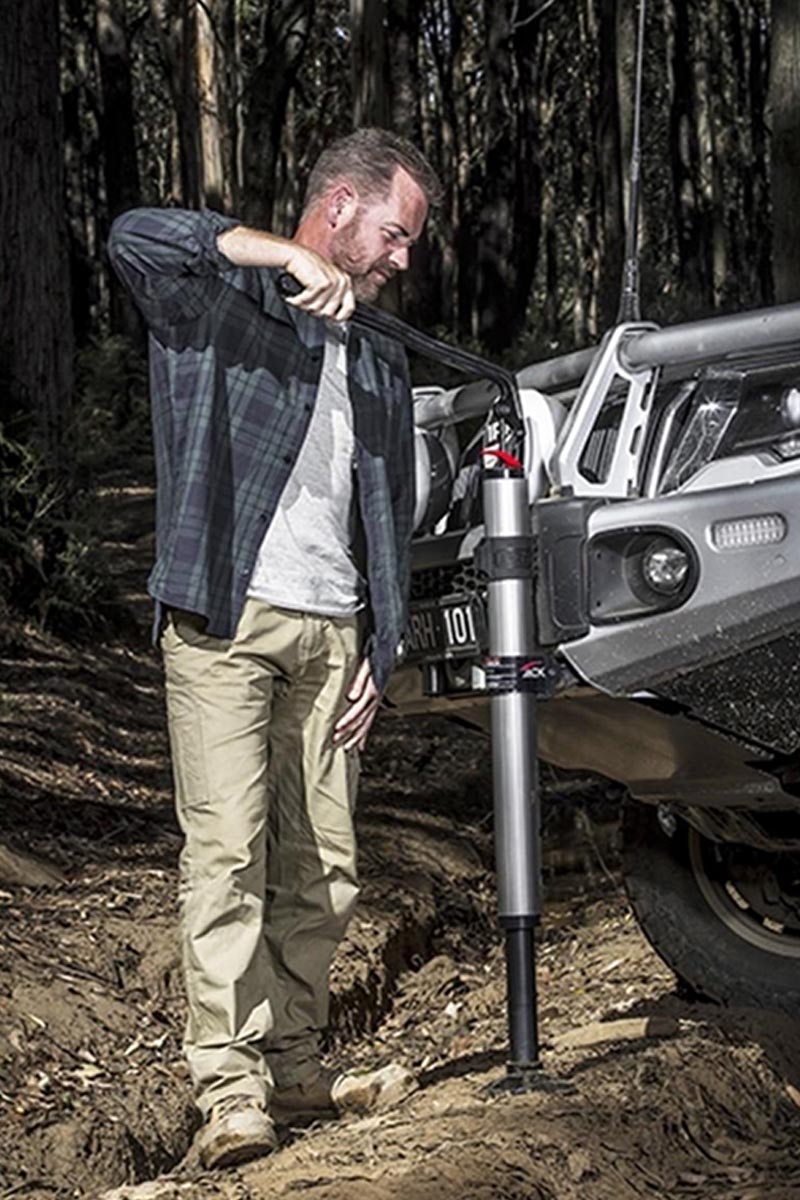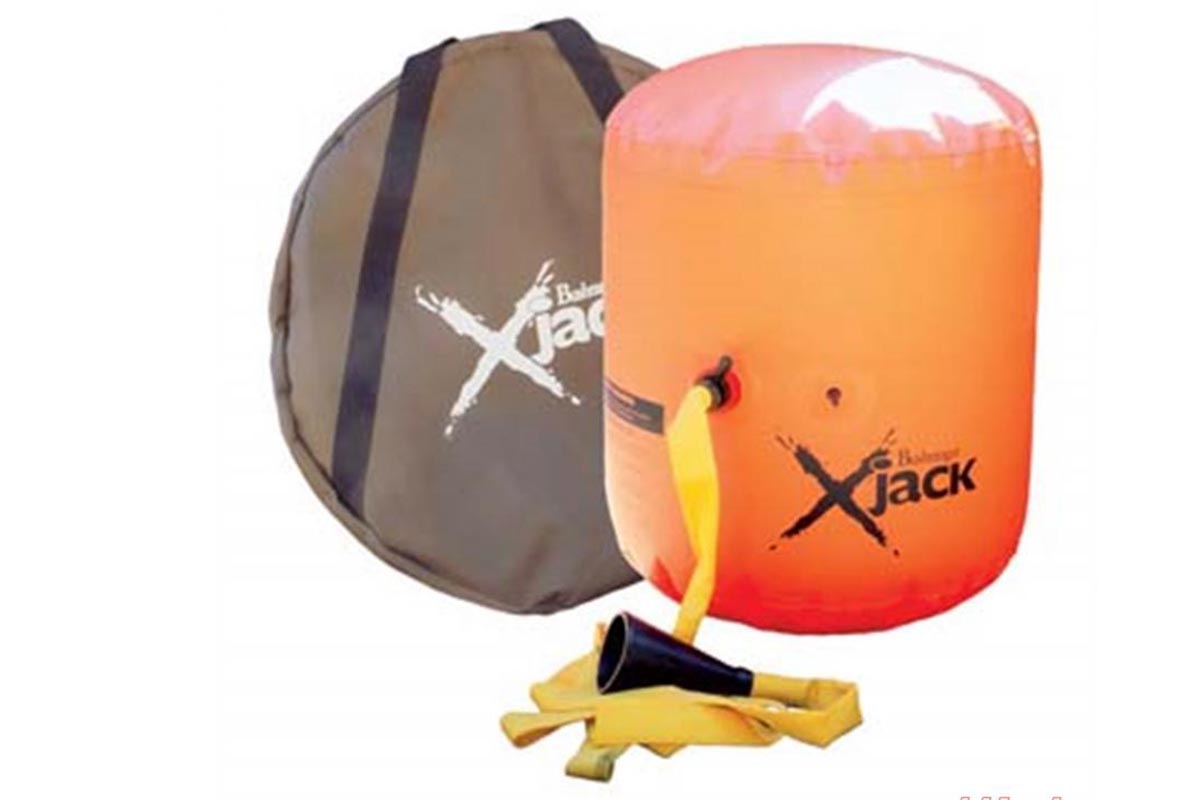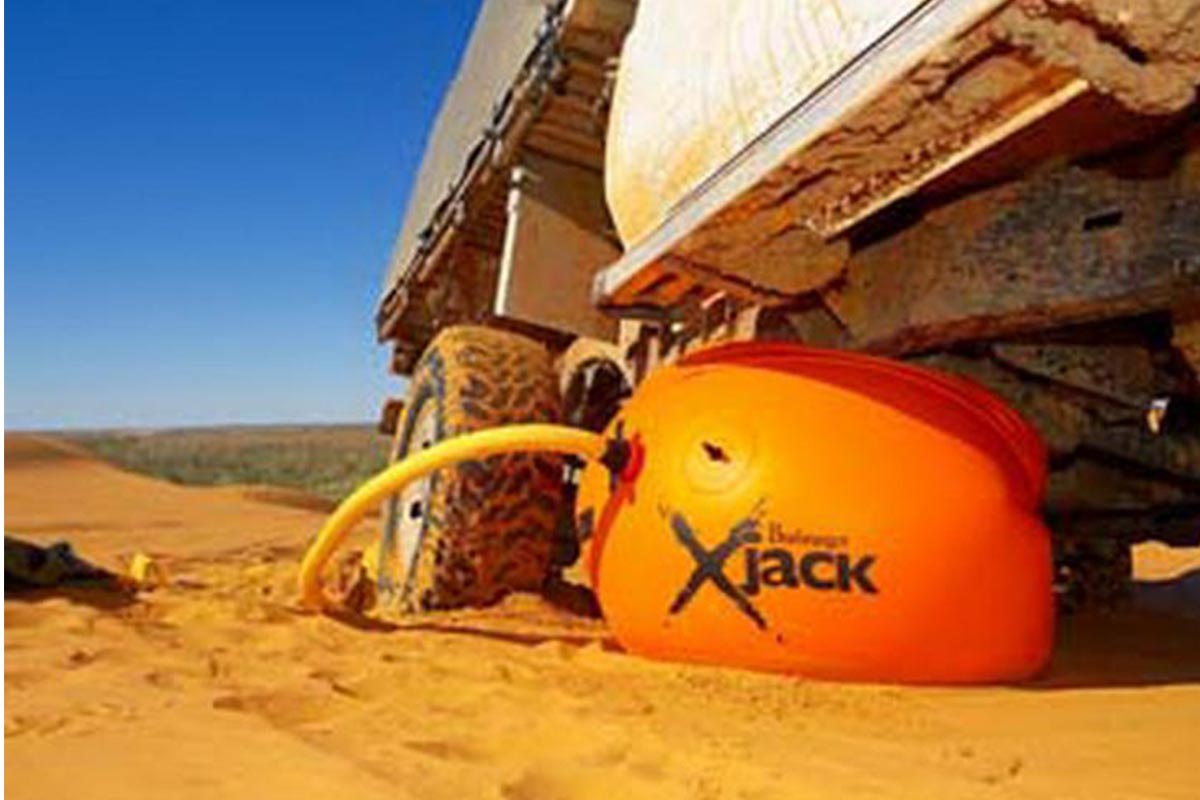When it comes to working on any vehicle, there will come a point when the wheels need to be removed or you will need to access the undercarriage. Most mechanic shops have big two-post or four-post lifts that can raise the vehicle in the air safety to allow the mechanic to work on the vehicle from the underside. Lifting the vehicle at home can be a task without the proper tools, which would include a jack and jack stands.
There are various types of jacks and jack stands so first we must understand what the purpose of each one is. A jack’s sole purpose is to raise the vehicle off the floor efficiently and safe enough to place jack stands in their intended spots so the chassis of the vehicle can rest on the stands. Even the most simple jobs could require a vehicle being raised in the air which is why every enthusiast should have a jack and jack stands.
Having a vehicle on jack stands not only provides a safe way of getting under the vehicle but also provides protection against mild flooding. Many owners have saved their vehicles by putting them on jack stands during hurricanes and flash floods. Jacks are known to assist vehicles in sticky off-road situations. With a few pieces of wood or larger objects can easily be inserted under the tires with the use of a jack while off-roading.
What Types of Jacks and Jack Stands Are Available?
Floor Jack
The most common jack found in many households is a floor jack. Floor jacks feature fixed wheels on the front for stability and casters on the rear for maneuverability. When the vehicle is being lifted by hydraulic pressure and leverage the wheels allow the jack to move to maintain optimal positioning under the vehicle. A floor jack is the most convenient jack and ranges in sizing, weight ratings, and overall weight. The most common floor jack is a steel 3-ton or aluminum racing jack.
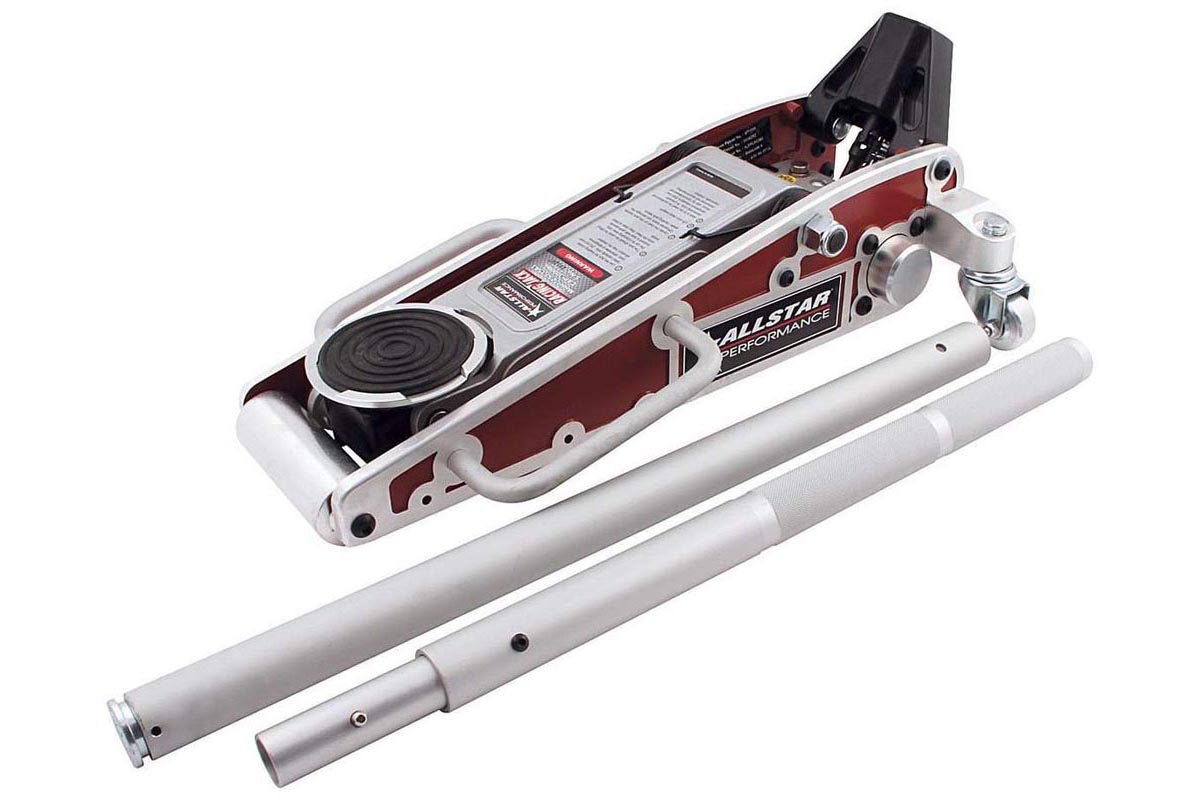
Steel floor jacks can last many years as their construction is sturdy and durable. Featuring rebuildable valves, many floor jacks are repairable if they end up leaking and losing pressure over time. When the valves wear out on a floor jack, the cylinder can not maintain enough pressure to keep a vehicle lifted for a period which isn’t a major issue if you are using jack stands.
Aluminum racing jack options are ideal for owners that need a grab-and-go floor jack that won’t throw your back out if you lift it improperly. The aluminum construction offers a lightweight jack solution that is typically offered as a low profile option for the racer in mind. The small package jack makes more a great pit utensil to quickly swap tires or lift the vehicle to make the last-second repairs.
Buy Your Floor Jack Here!
Off-Road Jack
Similar to a standard floor jack, an off-road jack features the same hydraulic pressure and leverage method to lift the vehicle. The difference between a standard floor jack and an off-road jack is the portability and utility. With larger wheels that feature tread, an off-road jack can be used on all sorts of different terrains. An additional benefit to an off-road jack is the weight compared to a household floor jack.
Included with many off-road jacks are extensions to raise the lifting point of the jack higher towards the vehicle before the hydraulic pressure engages the lift. The extension comes in handy for those with lifted vehicles, trucks, or UTV’s. Toss it in the back and enjoy a worry-free ride of being able to change a tire on the fly, no matter the surface terrain.
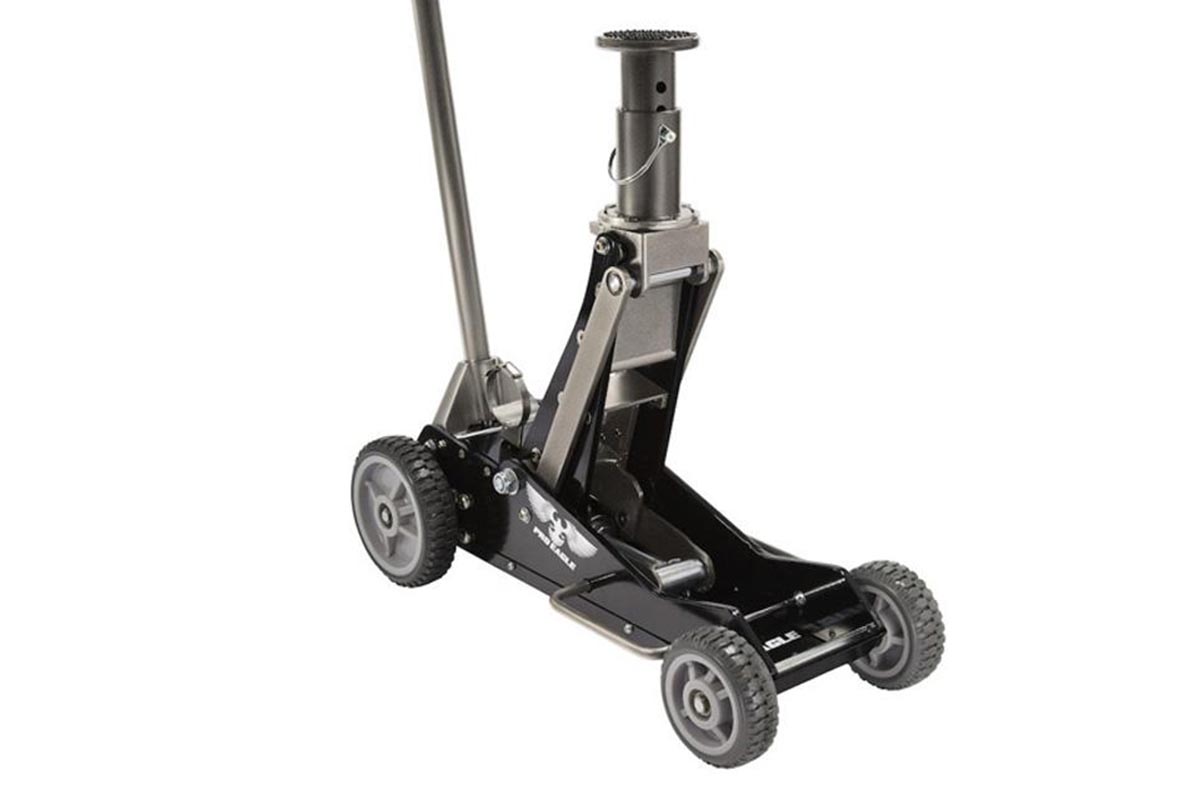
The larger off-road style wheel prevents the jack from sinking too far into the dirt or any loose surface. Being that the wheels disperse the weight across a larger surface area, the chance of sinking is decreased allowing for a sturdy lifting solution. Along with an off-road jack, owners can purchase specific mounting brackets to secure the jack to the vehicle that will keep it in place.
Purchase Your Off-Road Jack Here
Farm Jack
A farm jack is a classic way of lifting vehicles or farm equipment in loose dirt in the case of a flat tire. Attaching directly to the chassis or lifting from a point on the chassis, a farm jack serves more functions than lifting heavy machinery as they are capable of pulling stumps, fence posts, or even small poles. The various uses make for a multi-use jack that can be used off-road and attached to the vehicle.
The lightweight construction makes for an easy grab-and-go jack and is durable enough to last years in harsh weather. Since a farm jack doesn’t utilize hydraulic or pneumatic pressure, the likelihood of one failing is very slim unless it is lifting a heavier load than it is rated for. For those looking for the less labor-intensive option, pneumatic jacks are available to provide an easier solution to lifting the vehicle without taking the risk of straining muscles.
Click Here To View Farm Jacks For Sale
Inflatable Jack
A new type of lifting mechanism within the automotive community is an inflatable jack. An inflatable jack simply attaches a hose to the exhaust pipe while the vehicle is on to inflate the jack under the vehicle. This option is ideal for those with limited space as the profile of the jack is very slim and portable. The lightweight jack can fit in tiny spaces where a normal jack could never fit without adding an extra 60-100-pounds to the payload.
Lifting the vehicle 31-inches in the air is made easy with the heavy-duty construction bag and exhaust hose. Once the bag is placed under the lifting point of the vehicle, simply attach the hose to the exhaust with the engine running and the heavy-duty bag inflates to raise the vehicle. This type of recovery system is ideal for those looking for a quick and easy way to lift your vehicle in a situation that requires it without straining muscles before the repair has been made.
Check Out Our Inflatable Jack Here
Jack Stands
After lifting the vehicle, it is never safe to leave it on the jack and work under the vehicle as some jacks can fail or leak. If a jack fails or leaks, the vehicle could fall back to the ground, potentially causing serious injury or even death. Placing jack stands under the vehicle allows you to safely raise it without running the risk of the vehicle falling to the ground. Whether it is replacing a wheel or doing an engine swap, it is always the safest solution to lower the vehicle on jack stands before attempting to access the underside of the vehicle.
